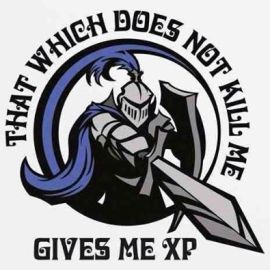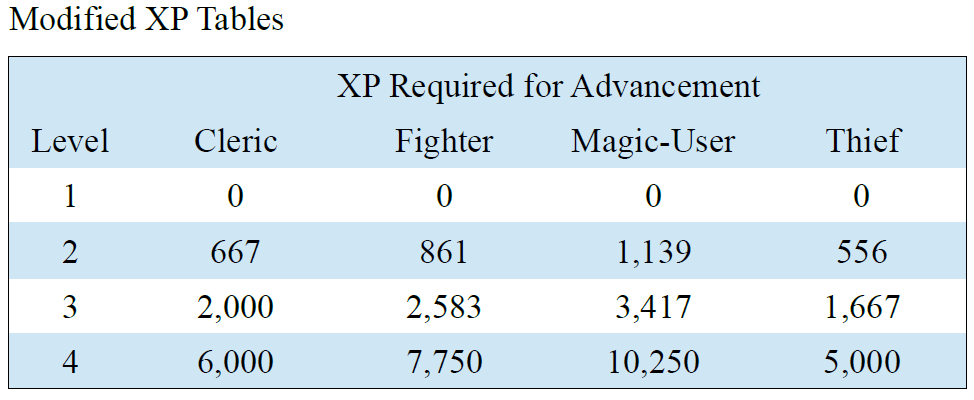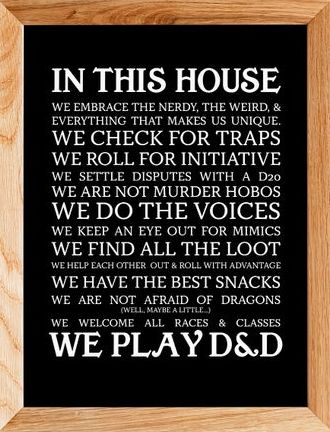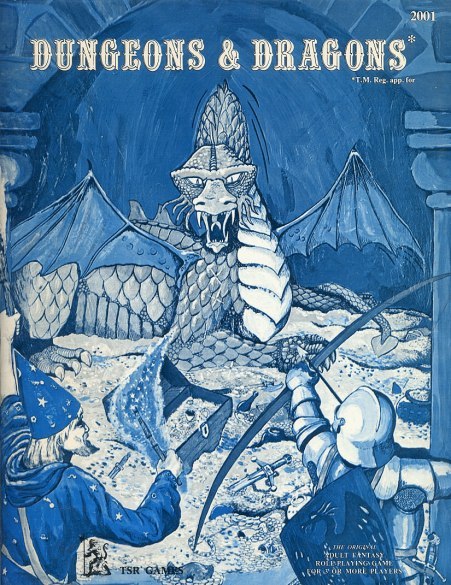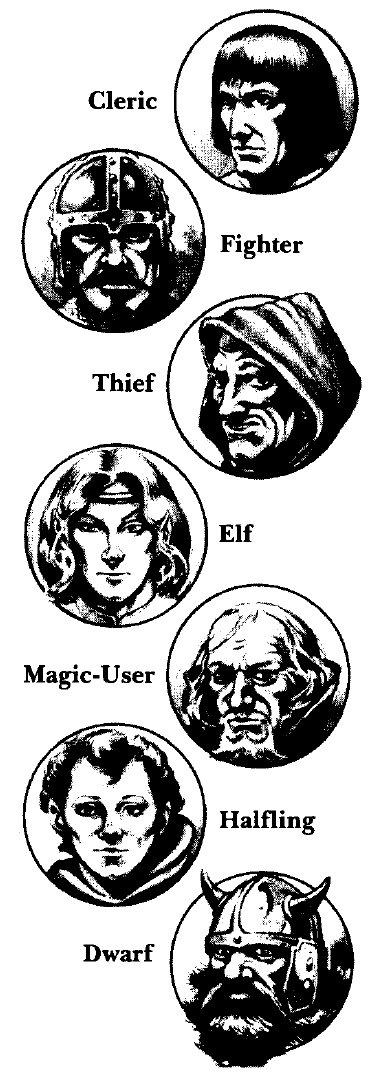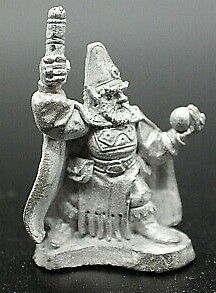OSRIC: Assets & Complications?
Today’s musings about OSRIC, venture into strange territory. Let’s set up the first steps into this new land with some background.
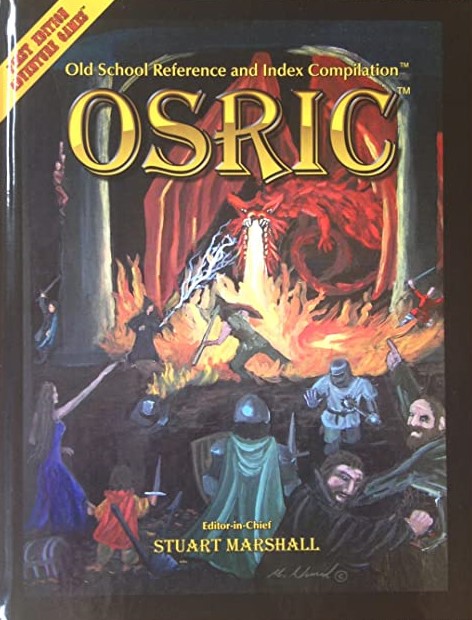
Back in the day, Basic D&D and AD&D had rules that covered quite a lot of the in-game activity that characters might attempt. These rules covered topics as diverse as hiring mercenaries, exploring wilderness regions, building strongholds, and researching new spells. Some rules applied to specific characters. Can a thief move silently? Well, maybe, but there’s a defined percentage chance for that.
Can non-thieves move silently? Well, maybe, and here the rules get a little loosey-goosey. Elves and halflings can some of the time. What about fighter? Can he move silently? His choice of armor probably answers that question. Is he wearing plate mail? Then, nope, he’s not moving silently, but what does that mean? How noisy is he? One answer might be, “Not so noisy that he still can’t surprise most creatures on a 1 or a 2.” That’s a third of time, which is better than any 1st-level thief’s chance to move silently, and that doesn’t seem right, which shows that the answer doesn’t quite work.
1E AD&D has a secondary skills table in the Dungeon Masters Guide. Lord Korbok, my dwarf fighter/thief, was a teamster/freighter. What does that mean? If he’s loading or unloading a wagon, is there a die roll involved? Can he demand union wages for his labor? It would seem so because later the Dungeon Masters Guide shows that a teamster earns 5 silver pieces a day for his work, but what if the teamster is also a 9th-level fighter and a 12th-level thief? (Okay, that question is probably a bit silly.)
Questions such as these (and many others) didn’t have defined answers. These answers boiled down this: Whatever the DM says is the rule. Players could make suggestions, but the DM had the final say. Often when I’ve DMed, I deferred anywhere from in part to in whole to the players for these sorts of answers. In the process, the players help define the minutiae of the campaign world. I know other DMs have done the same sort of thing.
In short, no rule set can possibly account for every variable or answer every question.
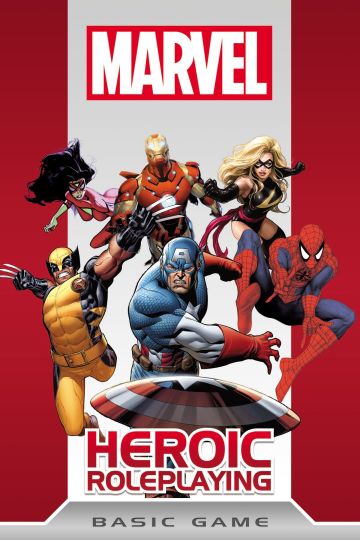
Which brings me to the brilliant Marvel Heroic Roleplaying Game (MHRG) published by Margaret Weis Productions. MHRG is about as different as 1E AD&D as a game can get. There are no secret dice rolls in MHRG. Everything occurs out in the open as part of a shared story, and both players and the GM can use their dice rolls to modify the game in some interesting ways. Two of those ways are the creation of assets and complications, which are kind of the opposite of each other.
An asset is created when a dice pool generates a total that succeeds against the target number. In 1E AD&D terms, this is like an attack roll. The successful action has an effect die (analogous to 1E AD&D’s damage roll). This effect die, however, may not represent damage. It may represent an asset or complication. Put most simply, an asset increases the odds of success for another action, and a complication decreases the odds of success for another action.
Let’s say I’m playing Captain America leading a team of heroes past a group of A.I.M. guards. Stealth is of the essence. As Captain America, I could rely on my Covert Expert specialty, but that doesn’t really help the other heroes, some of whom may not be particularly sneaky. So, I explain to the GM that I’m going study the guards’ patterns, analyzing their fields of vision and habits to find the best way to slip past their post without being noticed. I roll my dice pool and succeed. Let’s say my chosen effect die is a d8. This becomes an asset called Best Route d8, which can then be used to aid another hero’s attempt to be sneaky. (Nota Bene: If I spend a Plot Point, that asset becomes persistent, able to be used by more than one hero.)
A complication is an asset in reverse. Imagine that I’m playing Henry Pym as Ant-Man instead of Cap, and that the situation involves a fight with a giant, nigh-invulnerable robot. As Ant-Man, none of my attacks stand much of chance of damaging the robot. So, instead of fighting, I use a combination of shrinking and scientific expertise to get inside part of the robot. After criss-crossing a few wires and dislodging a transistor or two (represented by a successful dice pool roll), I create a Systems Malfunction complication (which would have an effect die attached to it).
All of this leads up to to the topic for my next blogpost: What if OSRIC had a simple but meaningful system to simulate this sort of narrative control?
